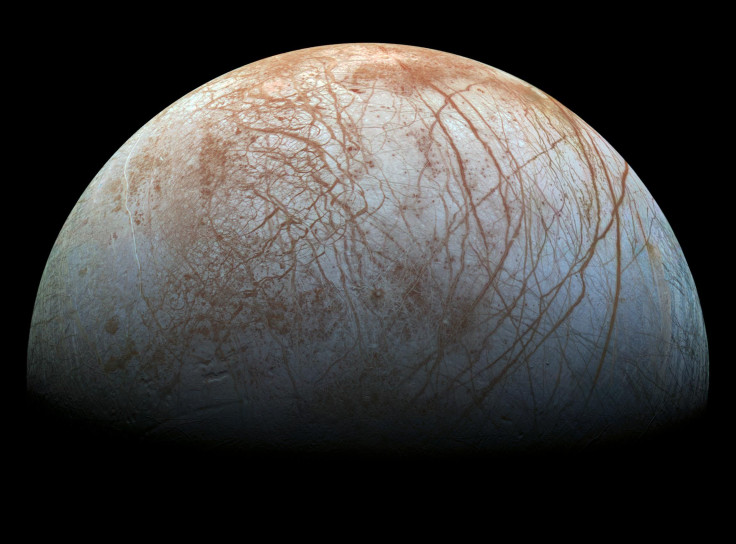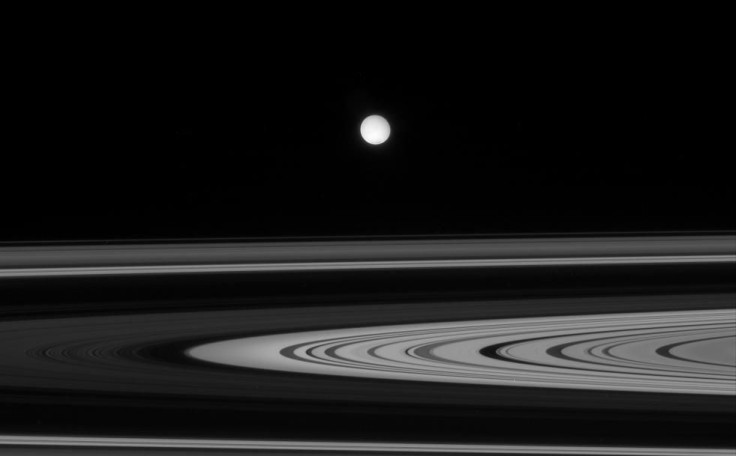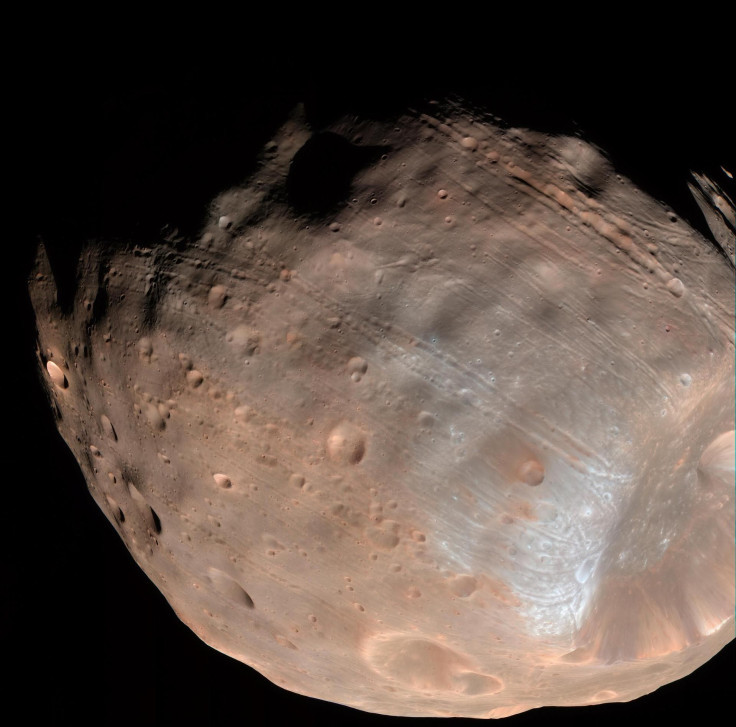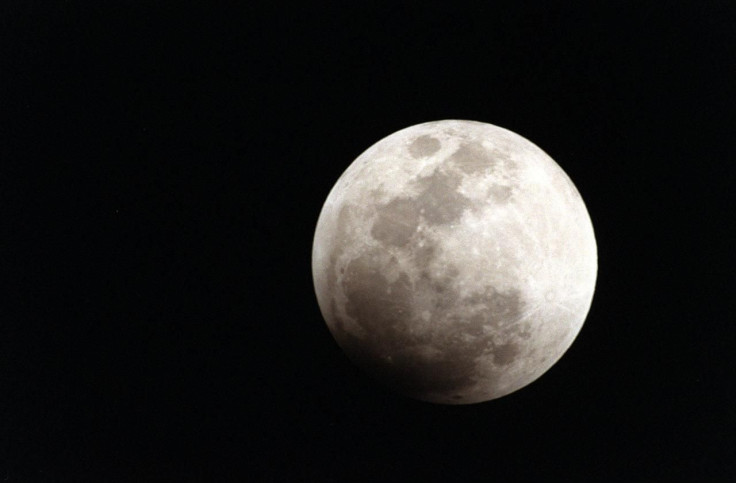From Aliens To Astrophysics, 5 Moons To Explore In Our Solar System

There are dozens of moons in Earth’s solar system, but not one of them is the same as the next. And because there is so much variety, some of these moons are more important than others, especially for people who are trying to find aliens.

Enceladus
NASA’s Cassini spacecraft has learned a lot while observing Enceladus, as well as its parent planet Saturn and Saturn’s other moons. But Enceladus is special because the space agency recently announced it might be hosting alien life in an ocean beneath its icy surface. Below the surface there is also a source of heat and, scientists have just discovered, hydrogen that could serve as a source of energy to certain life forms.
We don’t have a spacecraft on this moon’s surface yet, but NASA is preparing for such a scenario. Its Jet Propulsion Laboratory is working on a fleet of robots specifically geared toward crawling over and cutting into the thick surfaces of ice on bodies such as Enceladus. Those robots have tools such as heated prongs to melt ice, drills to dig down, buzz saws to power through tough blocks and catapults to send miniprobes out for more samples.
Read: Saturn’s Moon Atlas Looks Like a Flying Saucer
Europa
Scientists suspect Europa, a moon of Jupiter, has conditions similar to Enceladus, so it could also be harboring extraterrestrial life, even if only microbes. A probe that could launch in the next decade could make this idea more definitive, and some of the new ice-trekking robotic technology NASA is developing could be aboard.

Phobos
This oblong moon of Mars, larger and closer to the Red Planet than its only companion Deimos, is crucial because of its position around Earth’s closest planetary neighbor — a NASA spacecraft narrowly avoided crashing into it earlier this year — and because it is a possible target for a space probe of its own. Officials from France and Japan recently announced those two countries are considering working together to land a craft on Phobos and collect samples. The samples would be the first from a moon other than Earth’s to be brought back. And because Mars is such a large focus for scientists looking for alien life in the solar system, Phobos would represent one more way to learn more about that planet: A spacecraft settled on Phobos, which orbits Mars three times a day, would have a great vantage point.

Titan
The largest moon of Saturn is partly on this list because it is electric. Scientists recently found grains of sand on Titan’s surface are so light, a little breeze makes them rub together enough — causing friction — to produce a ton of static electricity. Enough static electricity, in fact, that if you were to build a sand castle on Titan, you would not even need any water; the particles would stick together on their own for weeks.
That’s cool on its own, but Titan is also a solid candidate for harboring extraterrestrial life because, as NASA notes, it is “the only moon in our solar system that has clouds and a dense atmosphere, mostly nitrogen and methane,” and the only place we know of where liquid flows on its surface in a way that looks like Earth, even if that liquid is ethane and methane rather than water. “These liquids form clouds from which the liquid gases sometimes rain from the sky as water does on Earth.”

The Moon
What would a list of moons be without Earth’s only natural satellite? At a most basic level of importance, any observer can look up at the night sky — or sometimes the daytime sky — and see it in all its glory. The gravitational pull between Earth and the Moon influences the movement of ocean water, and the Moon played a key role in motivating humans to invent the technology to travel through space. Space science would not be where it is today without our beloved Moon.
And it’s not just a boring, dead rock. The Moon holds all sorts of mysteries to help us learn more about our universe. For example, scientists recently solved a mystery of why an iconic crater looks so much younger than the area around it: a special kind of foamy lava that erupted when the Moon’s volcanic activity was coming to an end billions of years ago.
See also:
© Copyright IBTimes 2025. All rights reserved.





















